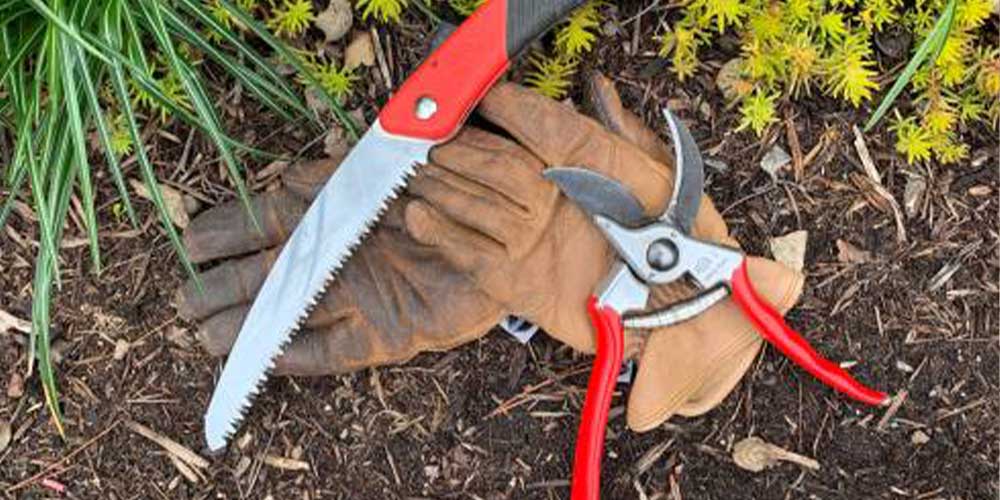 |
Garden of the Gods, Colorado Springs, Colo. Sunken Gardens, St. Petersburg, Fla. Queen Mary’s Gardens, London, England. Villa d’Este Gardens, Tivoli, Italy. These are some of the gardens my wife and I have visited over the years. Each garden has its own distinctive beauty and special place in our memories.
The last two issues have taken you on a spiritual journey to four different gardens in the Bible. Last month, two writers led you to the Garden of Eden and the Garden of Gethsemane. This month, two authors bring you to the garden where Jesus’ burial and resurrection took place and the symbolic garden that will be the eternal home of God’s people.

What is it about gardens that appeals to people? They are places of tranquility and beauty, aren’t they? Gardens offer opportunities to step away from the fast pace of life and, literally, stop and smell the roses. Gardens are spaces where our eyes and imaginations can soak up vibrant colors of flowers and plants.
There’s no question that gardens need gardeners. Water and fertilizer need to be applied, and weeds need to be pulled. Bushes and shrubs require trimming, and new plants must replace dying ones. Gardeners have many responsibilities.
Well, there are gardeners, and there are master gardeners. There are master gardeners, and there is God!
On Thursday of Holy Week, Jesus spoke to his disciples at length. If you want a feel for what Jesus said, read John chapters 13–17. Right in the middle of that section, the Lord told his followers, “I am the true vine, and my Father is the gardener” (15:1). As the true vine, Jesus gives life and nourishment to branches—people who are connected to him in saving faith. That life is composed of the forgiveness of sins and eternal life in God’s presence. Jesus secured that life by his holy life and sacrificial death. God guaranteed that life by raising Jesus to life on Easter Sunday morning.
But God grants life for a purpose. His will is that branches connected to the vine bear fruit—spiritual fruit, fruit consisting of lives that glorify him.
To achieve that purpose, the Father moves into action as a gardener extraordinaire. Jesus tells us what he does: “He cuts off every branch in me that bears no fruit, while every branch that does bear fruit he prunes so that it will be even more fruitful” (John 15:2).
Some actions of the heavenly gardener require a lopping shear of sorts. Unproductive branches disclose an internal problem. The lack of fruits of faith reveals the absence of Christian faith. Ultimately, God rejects those who reject him.
Other actions of the heavenly gardener involve a pruning knife. He uses this tool on branches that are producing fruit but could be more fruitful. The gardener works in their lives to cut anything that might hinder their spiritual growth. That trimming can be painful sometimes, but rest assured: The gardener has only good in mind for those branches.
It is this heavenly gardener we see in the four gardens presented in the last two issues of Forward in Christ. In the Garden of Eden, he promised to send his Son to be the world’s Savior. He heard the prayers of his Son in the Garden of Gethsemane. He raised his Son to life in Joseph of Arimathea’s garden. He sits on his throne, ruling over the new heaven and the new earth described as a new Eden.
The heavenly gardener’s work spans time and eternity, and because of his work, you and I are eternally blessed.
Author: James Pope
Volume 111, Number 4
Issue: April 2024
- What to know before you go
- Preachers and listeners
- “You came to visit me”
- One little word
- Appreciating the clouds
- The heavenly gardener
- Jesus wept
- A memorable Trinity Sunday sermon
- Sympathy +
- Remembering a rite
- Pastor and wife appreciation month
- Thankful saints
- Opening doors in Advent and beyond
- Practicing Christian freedom
- He loves me, he loves me not







